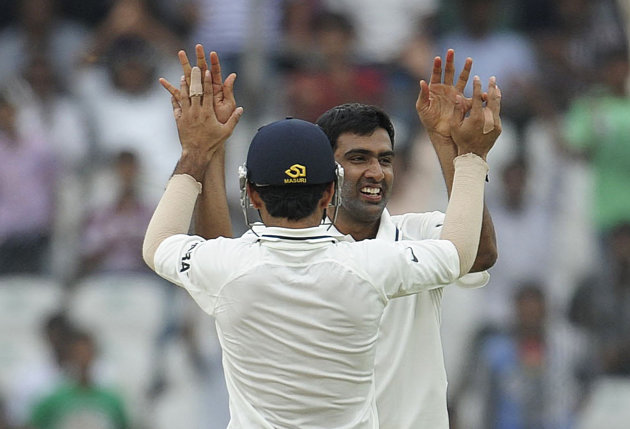
With virtual bodyguards, panic buttons and maps to pinpoint harassment blackspots, women in urban India are using their smartphones for protection after a notorious gang-rape in New Delhi.
Interest in safety apps and websites has surged since the fatal December attack, in which a 23-year-old student was set upon by a drunken gang on her way home from a cinema in the Indian capital.
After outrage and protests erupted, four businesswomen set up Safecity.in, a website for victims of harassment to channel their anger.
The site encourages them to "Pin the Creeps" by reporting incidents of harassment and abuse -- ranging from catcalling to rape -- which are added to an online map and sent to those requesting alerts.
Mumbai-based Elsa D'Silva, a founder of the site, said social media had allowed women to speak out and warn others of dangerous areas, even if they are reluctant to give their name or make a complaint to the police.
"Now you feel more empowered to do something about it, even if it's just sharing your experience," said D'Silva. "We're not going to keep quiet any more."
The website has linked up with new mobile app SafeTrac, developed by tech firm KritiLabs and downloadable for free, which has an SOS button to alert emergency contacts and lets relatives or friends track the user's journey.
It joins a host of similar apps designed to reassure women, especially those working late and travelling alone -- that is, if they can afford mobile internet access.
The first such Indian app was FightBack, launched by non-profit trust Whypoll a year before the Delhi attack, since when it has gone free of charge and seen a flurry of downloads.
Whypoll founder Hindol Sengupta said they were now working on a "next generation" app that will include guidance for reporting abuse.
"Women often don't know their legal rights when they go to the police station and they can be further violated there," he said.
"The kind of people who have reached out to us for information has astounded me."
Such developments are being encouraged. India's IT trade body Nasscom has opened a contest to find the best app for women's safety. Separately, free app Stipator (Latin for "bodyguard") won an award for social innovation last month from Nasscom.
A government commission, set up to prevent sex crimes after the Delhi attack, recommended the development of mobile phone apps for sending distress signals to the police.
Even in Mumbai, considered one of India's safest cities, police launched their own ICE (In Case of Emergency) app in January and say they have seen thousands of downloads, although its practicality has been criticised.
A piece in the DNA newspaper pointed out that many women in India cannot afford a basic mobile phone, let alone the Android device required.
"Also, when in distress, how often do we get time to take the phone out of our bag, unlock it and open an application to let people know we are in trouble?" it asked.
Technology clearly has its limits: it cannot fulfil the need for decent law enforcement, or change attitudes towards women.
And while the Indian smartphone market is rising rapidly -- expected to soon become the world's third largest -- it still accounts for a fraction of about 700 million active mobile subscriptions in the country.
Most safety apps require GPS capabilities that standard mobile phones do not have, although some developers offer emergency texting services.
The creators of Stipator, Ratnesh Desai and three fellow Microsoft employees in Hyderabad city, are also working on a "lipstick-sized" safety device for women without phones.
Techies and activists hope that if their tools catch on, they might one day act as a deterrent to abuse.
"If word gets out there are such apps, people wanting to molest someone will have to be more careful," said Desai.



